By Yvonne Wright • The Current Contributing Writer
With memories of cold winter months thankfully receded into the past, and the arrival of seasonally warmer weather, whose gentle breezes once again brush against our faces, we start to feel excited, and rejuvenated down to our bones, as if physically and mentally reborn from a long and dreary hiatus. That true sense of renewed spirit manifests itself most visibly with our desire to step out into a world twinkling with the rays of sunlight, and reclaim once again our ability to be one with the universe.
Tired of social distancing and creative limitations put upon many of us by pandemic restrictions, now unshackled by the vaccine, and with camera in hand, the joy of documenting seasons as they unfold, begins. Truthfully, it has been a while since many of us felt such freedom. Grateful for free and widely available vaccinations, a new appreciation has been gained for things we once simply accepted, or took for granted.
Henceforth we boldly go into the great outdoors, no longer afraid of the days ahead. Whether equipped with traditionally bulky photographer’s gear, or the much lighter ’user friendly’ and overwhelmingly popular smart phone variety, an enthusiasm for documenting and symbolically preserving life’s fleeting moments drives many sensitive observers into a creative frenzy.
Upon arrival in Jim Thorpe, for example, regardless of the seasons’ atmospheric framework, one is almost immediately struck by the town’s undeniably artistic atmosphere. The complexity and richness of the natural environment stretched across the folds of Mauch Chunk ridges provides additional aesthetic experience through panoramic vistas best encountered on a leisurely walk. However, nature photographers don’t need to travel far. If locally based, a walk in the park, or down a neighborhood backstreet, can supply a perceptive person with an abundance of creative stimuli for meaningful narratives. Note worthy are majestic trees and playful plants weaving their way through Jim Thorpe’s Victorian architecture, while shimmering sun bounces off the hanging baskets.
Noticeably, various plants spring up at different intervals, producing a broad spectrum of colorful and richly texturized subjects for photography. Even frequently encountered summer storms can supply an investigative artist with a plethora of raindrop patterns trapped between the plants’ foliage, or on a spider’s web. While for the more experienced and well equipped photographers, summer can be a proverbial gold mine of sensorial stimuli, where atmospheric sunsets and fast flowing waterfalls can be as visually engaging and technically challenging as capturing the birds, bugs, and whatever else happens to be trespassing in one’s field of vision – sometimes brilliantly documented by time-lapse photography.
Naturally, the quality of images produced during summer excursions (or at any other time for that matter), often reflects an individual photographer’s experience, his/her eye for composition, attention to detail, technical know-how (particularly when dealing with traditional equipment), and level of spontaneity in attempting the task of photographing the outdoors.
Those photographers who grew up with analog cameras, often learned the hard way the arcana of photographic film processing (the negatives), and how to handle light sensitive papers when working in ‘dark rooms’ to produce final prints (the positives). They must have had at some point in their professional lives a rather liberating ‘Eureka Moment,’ when discovering the amazing abilities and ease of use that digital technology offers, including the convenience of storing hundreds of images on just one camera chip, versus bulky and extremely limiting 35mm film rolls.
It felt even more incredible to embrace those inconspicuous, small-lensed cameras that come with smart-phones, allowing a realization of very good stills at almost any time of the day, and under most weather conditions, without worrying too much about the image’s possible over-or-underexposed qualities – Particularly prudent in the case of spontaneous shooting inspired by a transient moment. It is often most helpful when assisted by the marvel of smart-phone apps, which more often than not help to produce images of perfect tonal balance. Digital editing can combine in a split second, several captures of the same image taken at various exposures and merge them together into one, producing a well defined image. As a consequence, even professional photographers put away at times their traditional gear, in favor of smart-phones, especially when traveling.
I still use a Canon EOS Digital Rebel XT for my more complex and artistically ambitious photographs. It is my long and trusted friend, which over the years, has allowed me to create some of my most satisfying atmospheric still life compositions, moody interior shots, and nature. It gives me a great deal of pleasure to set my camera on manual, and work it as if it was a fine-tuned instrument requiring my expertise. Additionally, I have a small collection of lenses, some of which appear surprisingly heavy to carry around these days, and a couple of old point-and-shoot cameras that no longer see much action due to their inferior resolution capabilities.
I intend to continue using my Canon as long as it serves my requirements for creativity, but it has become apparent that when it comes to shooting an outdoors full of multifaceted vistas and glistening light, my Canon’s technical range puts a lot of demand on my skills as photographer, rather than if the same landscape was captured with a smart-phone at the click of a button. One may argue, however, that fine art photography is all about that unique creative visualization, a footprint of a sorts, which reflects the technical skills and individuality of the artist behind the lens.
My “Launch Pad” digital mixed media image is based on a photograph of a blue dasher dragonfly resting on a budding water lily I captured on a hot summer day at Longwood Gardens in Kennett Square, PA. Once I spotted a pond full of dragonflies basking in the sun, I carefully adjusted the settings, and used my camera free hand. I usually shoot in raw mode, and afterwords employ Photoshop software to edit the selects I consider the best. I may remove an unwanted blemish, touch up a spot color, or crop the image proper. When appropriate, I favor editing procedures that enhance and manipulate the inherent ‘DNA’ of the image, highlighting or defusing certain ares for a more dramatic final effect – rather than leaving it just as is was conceived – because in my opinion, editing can be an important part of the overall creative process. Most importantly, image-editing is not ‘cheating,’ as some traditionalists may imply, but an innovative tool for incorporating new possibilities into traditional medium.
Often, the best way to learn, enjoy and expand one’s horizons in photography is to hang around with other like-minded individuals. The Palmerton Camera Club (PCC) provides such an opportunity, where a group of passionate photographers under the leadership of its President, Jeannie Carl, enjoy various field trips, member challenges, and photo competitions. Founded in 1947 and now in its 73rd year, the PCC is the oldest camera club in the Lehigh Valley, and a member of the Photographic Society of America. Open to Carbon County residents, the club’s monthly meetings (currently held via Zoom) often include informative presentations by guest speakers. If you are interested to learn more about the Palmerton Camera Club, contact them at pccphotographersrus@gmail.com or, visit their website www.palmertoncameraclub.com
Yvonne Wright is the owner of STUDIO YNW at 100 West Broadway in Jim Thorpe. She can be reached at studio.ynw@gmail.com


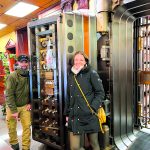

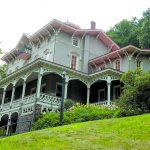




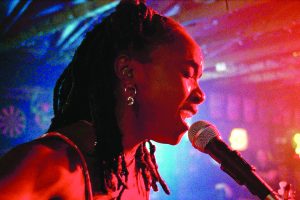
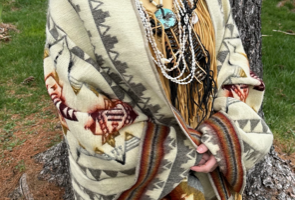
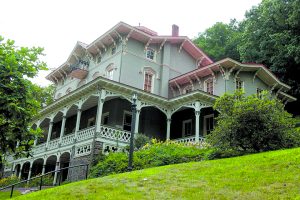
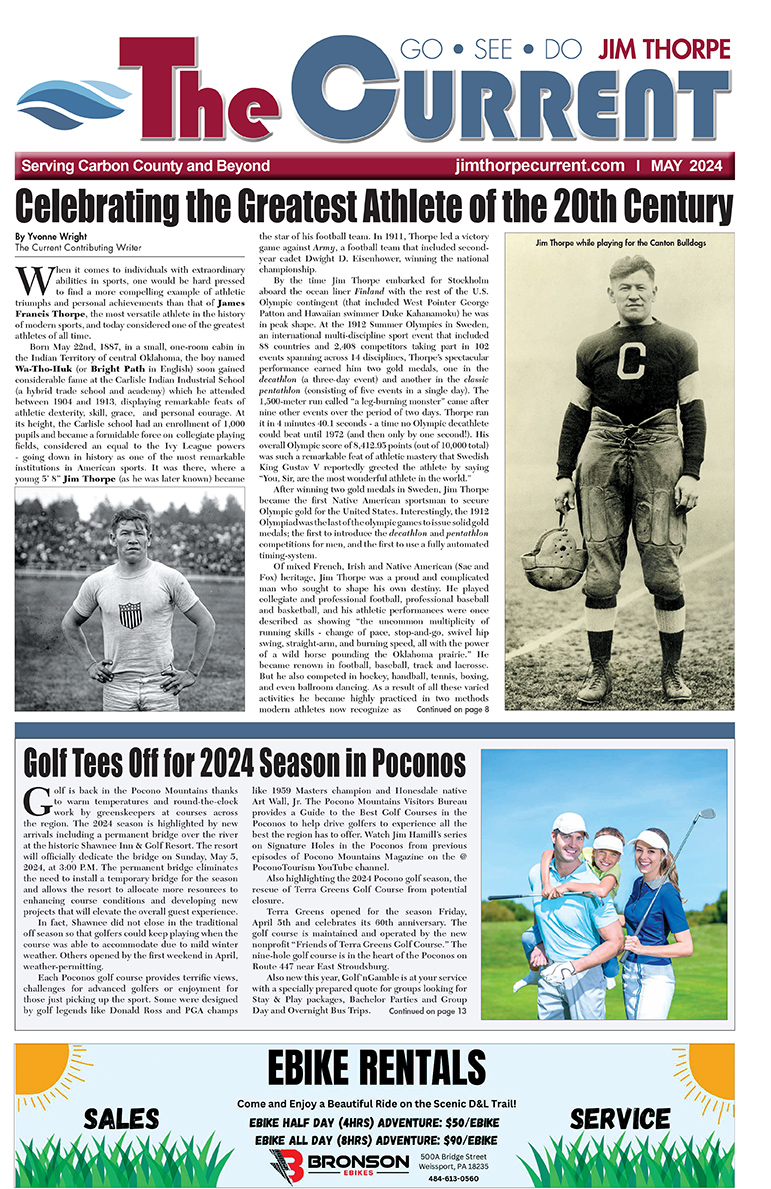
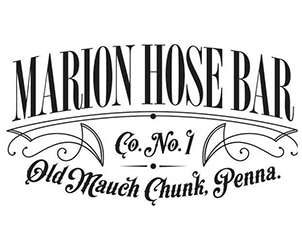

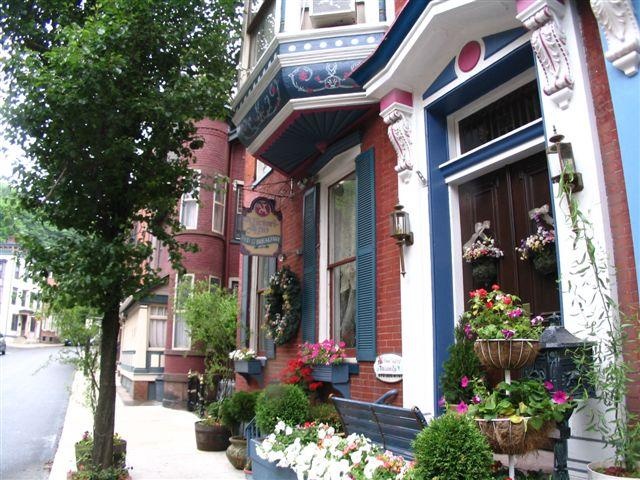

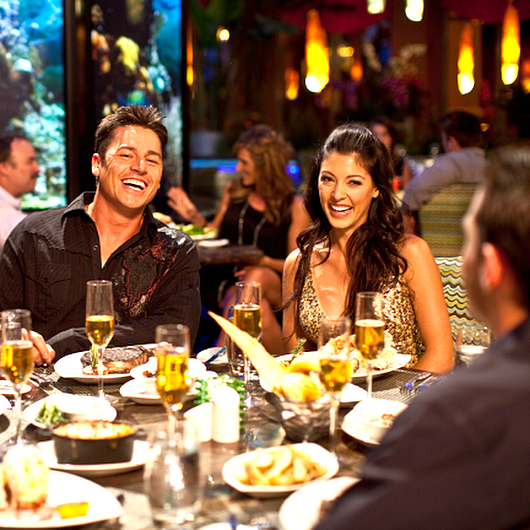
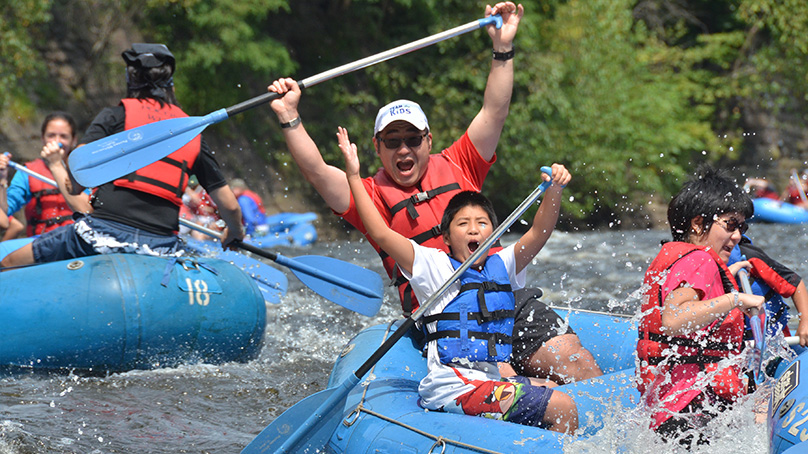








Add Comment